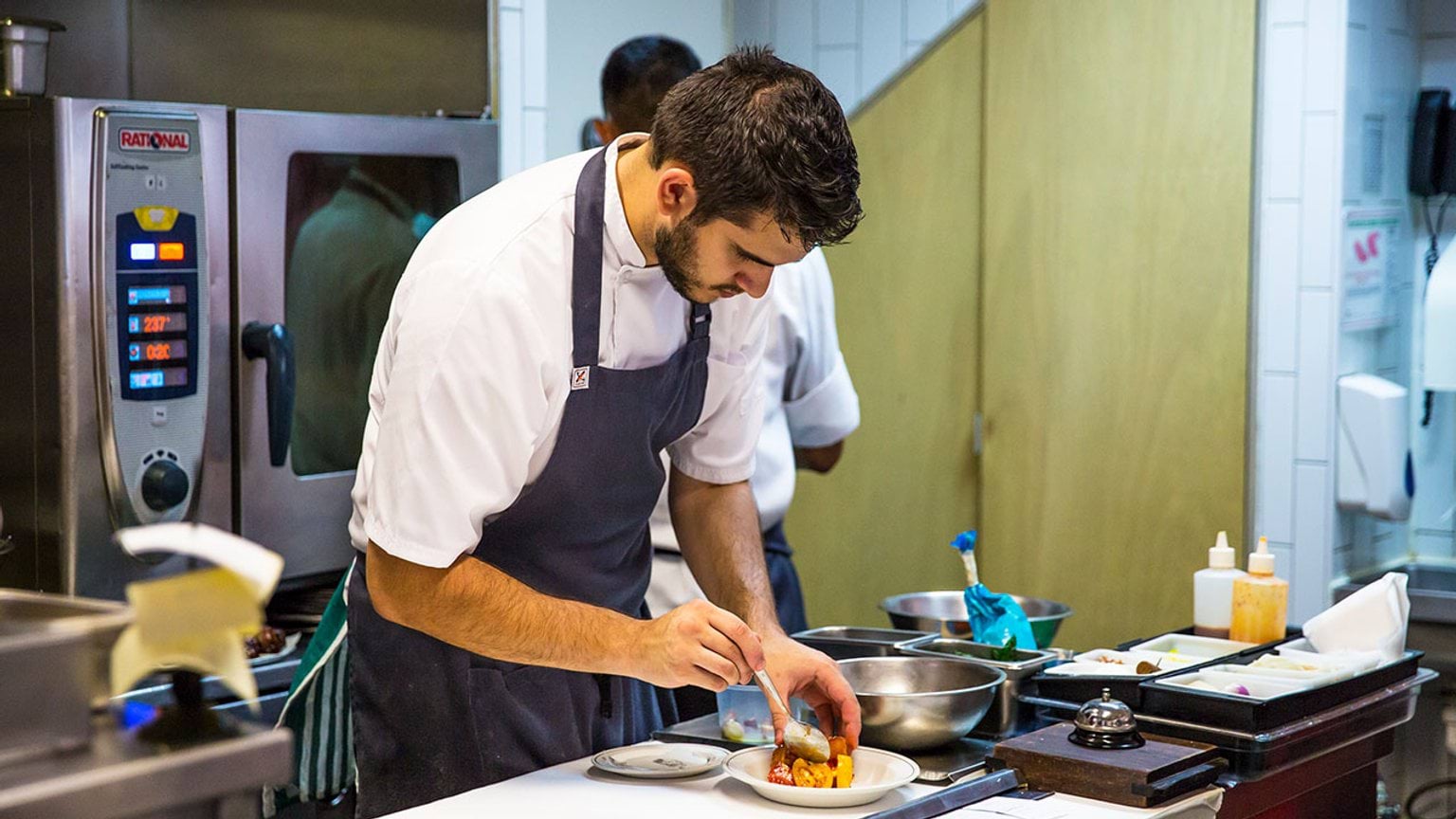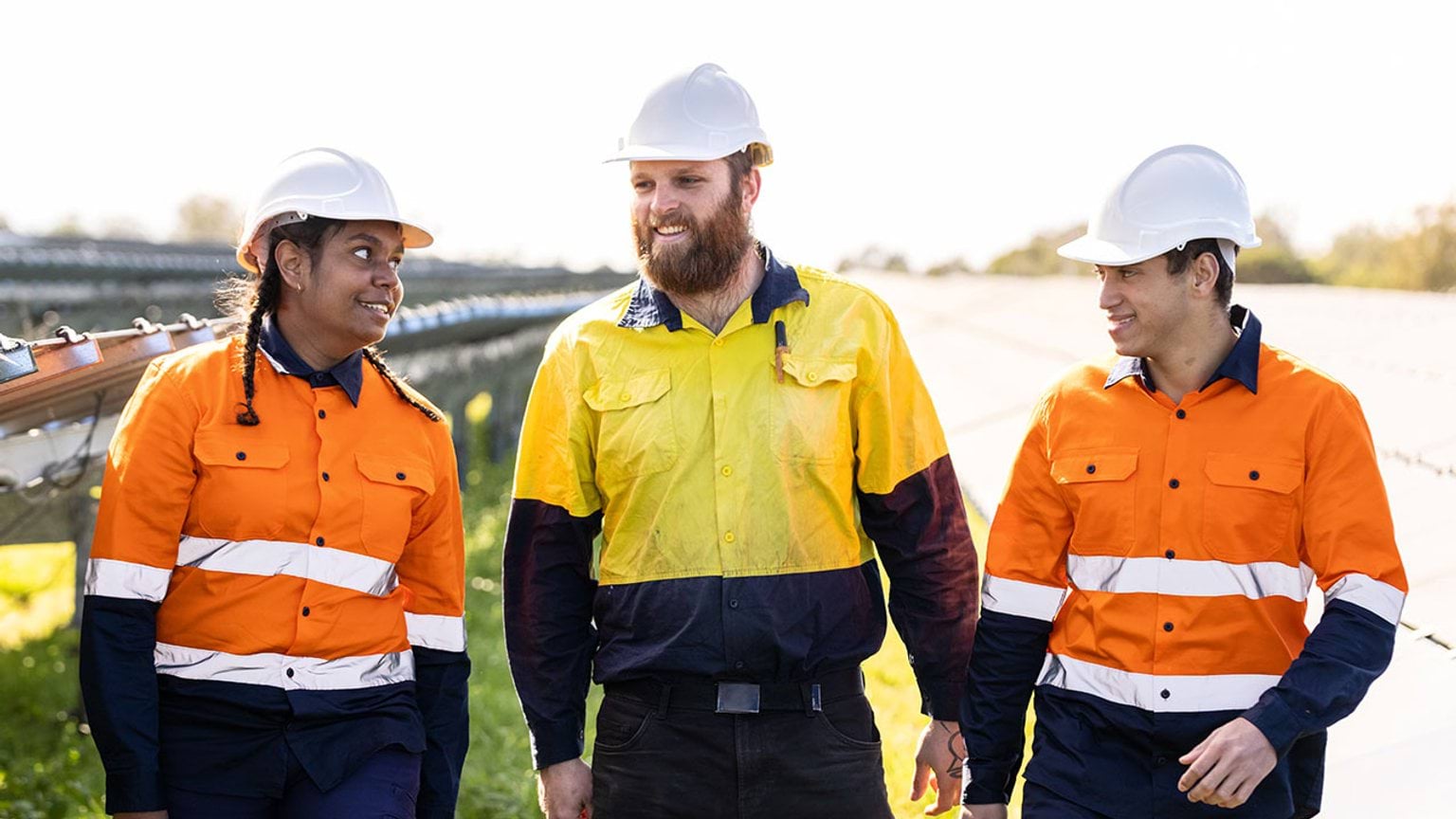Construction is a wide ranging industry. While there are many hands on roles like welders, tilers and bricklayers, there are also other opportunities. For example, you could follow a pathway to becoming a construction manager. Or you could work in health and safety, human resources management (HR), or industrial relations. Entry level roles could include traffic controller or labourer. Like most industries, up to date technology skills are a plus.
What people love about working in construction
Here are some of the benefits of working in construction:
- Excellent prospects for a range of roles in the industry.
- While many jobs in the industry are full time, there is also the opportunity to become self-employed and run your own business.
- The industry is continuing to experience high demand. With this comes job security and a range of opportunities to choose from.
- Be a part of exciting new developments that will reshape Victoria.
Where you can work
The construction industry has a wide range of employers. For example, you could work as a metal fabricator, a construction project manager, a plasterer, or an architect.
The kinds of construction settings you could work in include:
- residential construction sites
- commercial construction sites
- infrastructure projects
- factories
- government and local councils
- architecture firms.
Median salary
The median weekly earnings for people who work in the construction industry in Australia is $1,538.
Source: Jobs and Skills Australia(opens in a new window)
Note that this salary is current as of January 2025 and is indicative only. A range of salaries apply to different roles across the industry.
Job demand in Victoria
Below are employment projections for the construction industry in Victoria. Figures show the number of workers in 2024 and the new workers expected to enter the workforce by 2027 and 2034.
‘New workers expected’ accounts for workers adding new jobs to the economy and replacing retirees over the next 3 and 10 years. These projections are estimates only. There will be additional jobs available as people move between jobs and industries.
| Region | Workers 2024 | New workers expected by 2027 | New workers expected by 2034 |
|---|---|---|---|
| Victoria | 367,164 | 68,590 | 162,941 |
| Melbourne – inner metropolitan | 39,049 | 9,696 | 19,966 |
| Melbourne – inner south-east metropolitan | 18,105 | 3,348 | 6,973 |
| Melbourne – southern metropolitan | 69,099 | 12,257 | 28,992 |
| Melbourne – northern metropolitan | 51,094 | 10,210 | 26,051 |
| Melbourne – eastern metropolitan | 49,689 | 8,574 | 19,740 |
| Melbourne – western metropolitan | 51,337 | 11,748 | 29,801 |
| Ballarat and surrounds (Central Highlands) | 10,571 | 1,732 | 4,141 |
| Bendigo, Echuca and surrounds (Loddon Campaspe) | 13,061 | 1,855 | 4,821 |
| Geelong, Colac and surrounds (Barwon) | 21,955 | 3,736 | 9,125 |
| Gippsland | 16,136 | 2,131 | 5,512 |
| Horsham and surrounds (Wimmera Southern Mallee) | 2,339 | 275 | 598 |
| Mildura, Swan Hill and surrounds (Mallee) | 4,547 | 532 | 1,161 |
| Shepparton, Seymour and surrounds (Goulburn) | 6,848 | 830 | 2,053 |
| Wangaratta, Wodonga and surrounds (Ovens Murray) | 8,071 | 997 | 2,549 |
| Warrnambool, Hamilton and surrounds (Great South Coast) | 5,264 | 669 | 1,459 |
Source: Victorian Skills Authority Employment Projections Dashboard
Career success stories
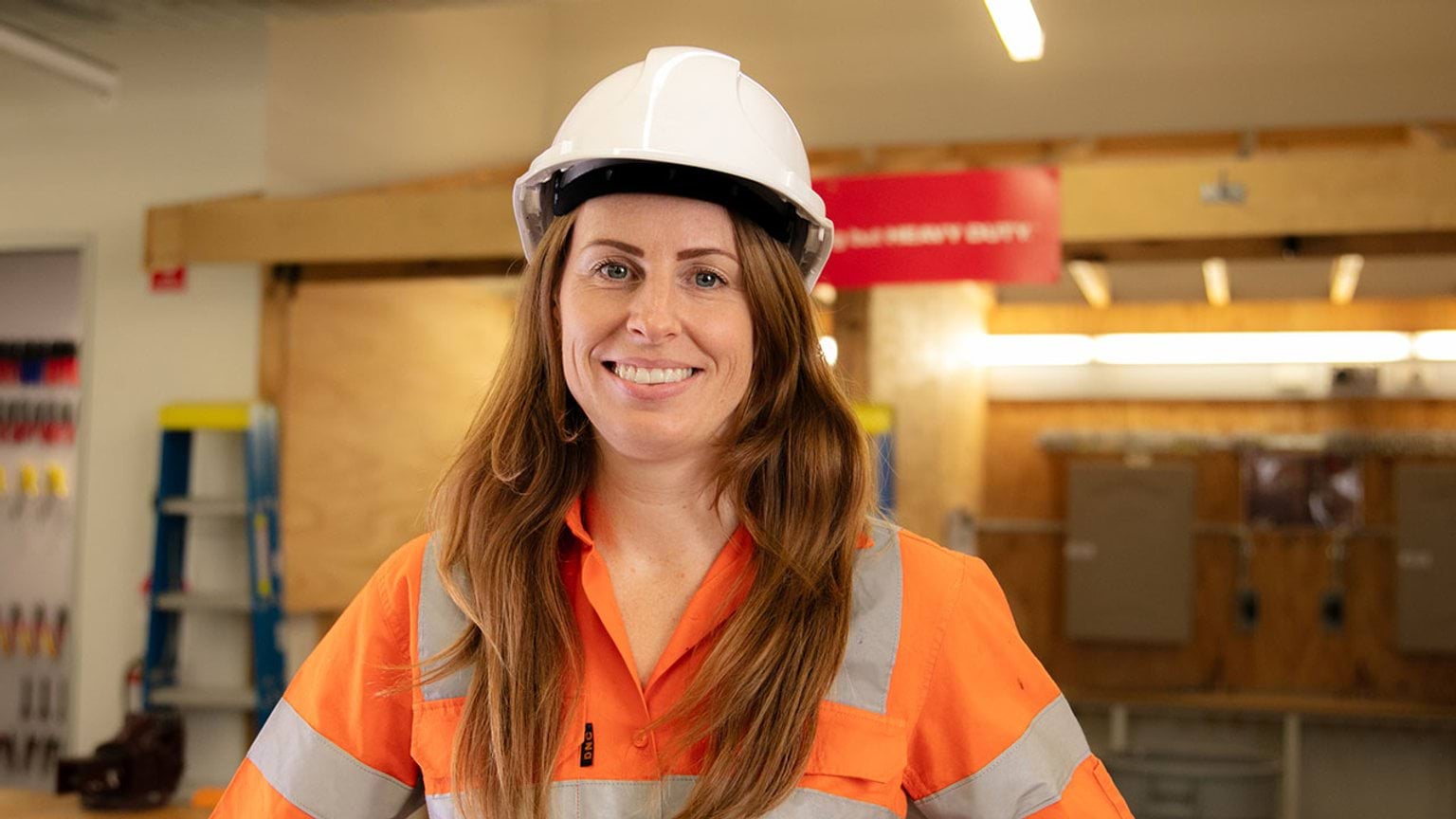
Libby’s life as a new mum and first-year apprentice
“I’ve found a much better work-life balance in the construction industry. I feel like every hour that I work I’m valued. I think as a female you do bring something different to the table.”
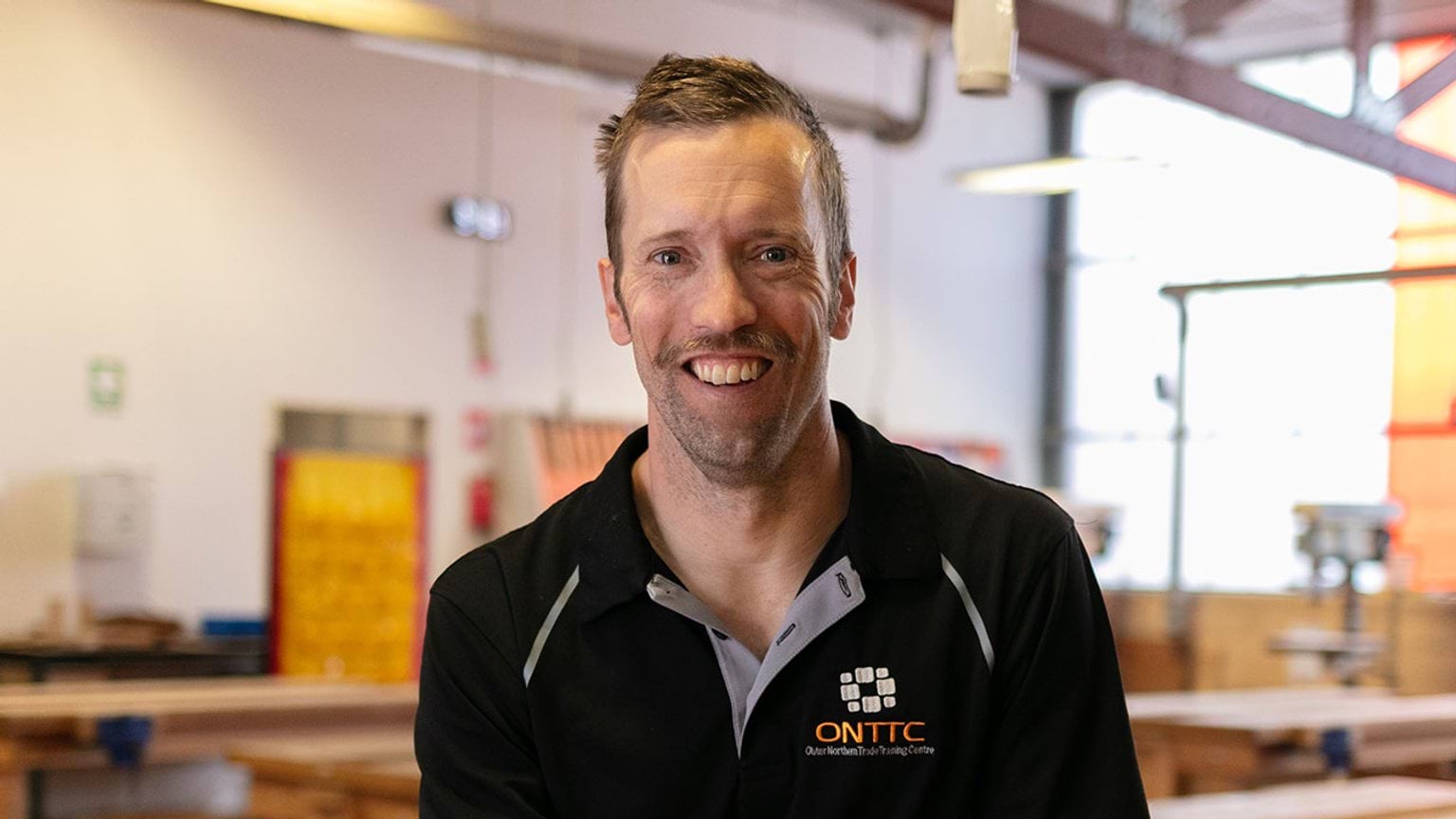
The right person for the right job: Tom’s teaching journey
“VET teachers and students are hands-on people – we’re constructors, that’s how we learn. The lessons are so concrete and real. As a young person, to find your place is a beautiful thing.”
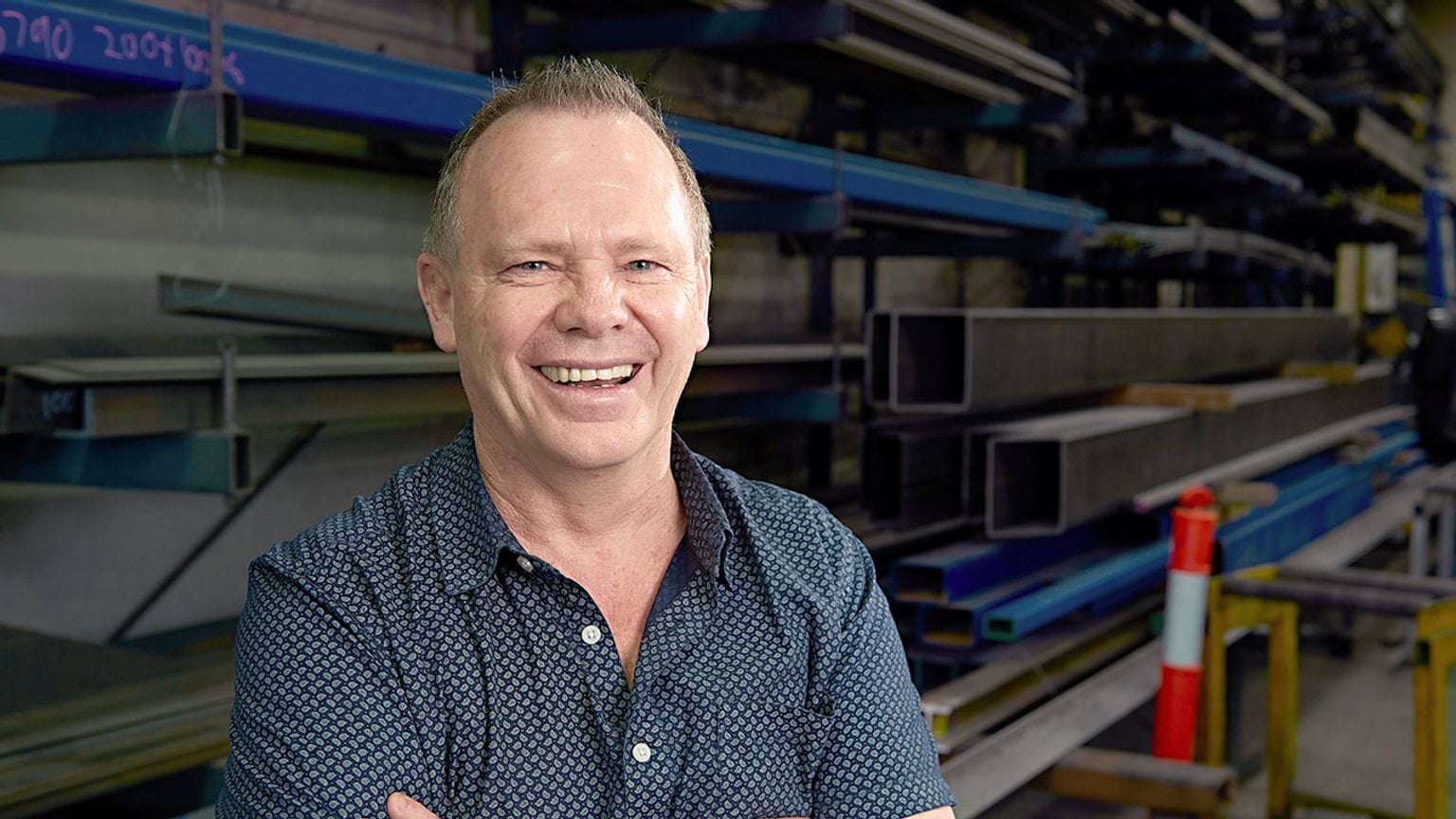
Career gold mine: Greg’s tips to master a metal trade
“There’s a real shortage of skilled trades across the board. We’re looking for people who are mechanically minded. Manufacturing is an evolving industry, you can really be whatever you want to be.”
Resources to plan your next steps
Visit our construction industry profile to find out about:
- what it’s like to work in construction, and some of the jobs you could do
- training and skills to work in the industry, and financial assistance to help pay for your course
- help getting a job in construction, and industry job projections for Victoria
- other free resources and advice to plan your training and career..
Explore growing industries in your region
Updated


